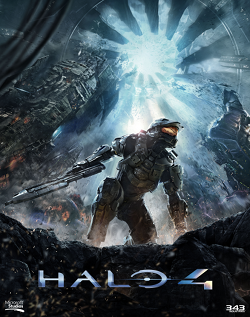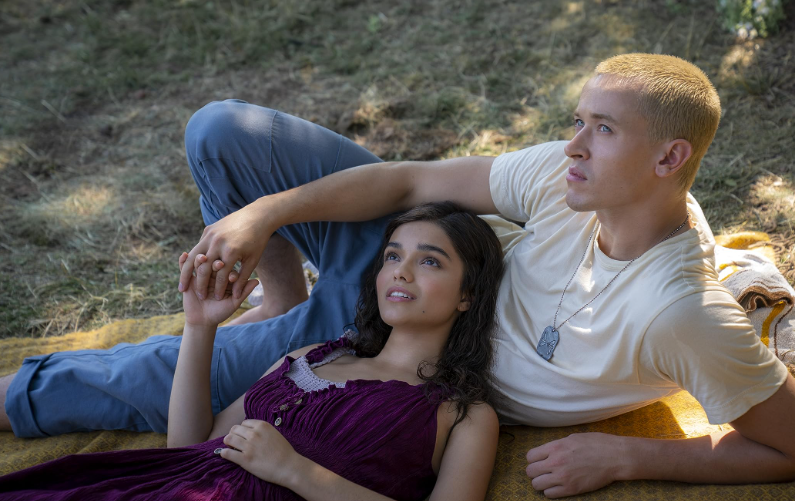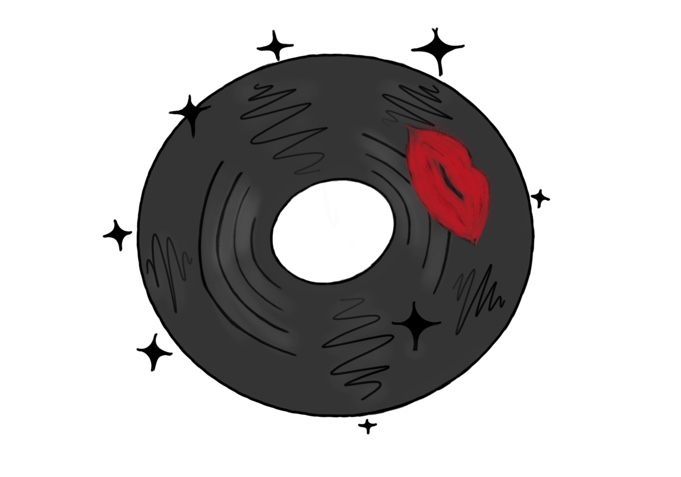
Much like the
, the Xbox 360 is some aging hardware, but Halo 4 will still take your breath away. Seriously, this game looks good, and that’s coming from someone who recently made the switch to PC gaming (tip: don’t spend $80 on your graphics card).
343 IndustriesIn an age when most games run in gray mode to promote realism and grittiness, Halo keeps a decidedly more enjoyable and indeed more realistic full-color palette with environments ranging from deserts to alpine tundras to the depths of space. It’s amazing that
Bungie, the developers taking over from venerable
, has managed to push out this beautiful game on a console with little RAM. I’ll bet people will say Halo 4 still looks good years from now.
soundtrackNewcomer Neil Davidge has taken over for Martin O’Donnel in the
department, and he does a decent job, though he still has something to learn before he can conquer O’Donnel’s iconic themes. Other audio, however, is the best in the series. The new assault rifle is meaty and satisfying, the plasma weapons now have a uniquely non-alien sound to them – an almost static-y pew pew – and the dialogue from the aliens and the humans seems realistic.
Spartan OpsOn top of apperance and sound, Halo 4 delivers with gameplay.
is the shiny new companion mode that 343 Industries is trotting out for our enjoyment, and it excites somewhat. It’s basically limited firefight with pretty CGI cutscenes to bookend each set of 5 missions. The really cool thing is that the missions are delivered episodically, meaning 5 new stories are released every week and that, my friends, is pretty cool. I’m excited to see what they do with it.
Spartan Ops is only the companion quest, however, to the main campaign, and the main campaign delivers in spades.
In Halo 4, we’re back in Master Chief’s boots four years after the events of Halo 3, where he decided to take a nap. Well, as Master Chief, you’re woken up by old enemies, the Covenant, as they invade your cozy cryogenic home over the Forerunner planet Requiem – the Forerunners being, of course, those crazy cats who built all those life-annihilating Halo rings in the first place. Long story short, you make the wrong people angry, and there’s a whole lot of shooting in some very pretty places.
Now if you don’t want to be spoiled for campaign or hate lore discussion, I’d suggest skipping the next few paragraphs. And you shouldn’t want to be spoiled for campaign, because it’s an excellent campaign.
theseIf you do read the discussion and just find yourself hopelessly lost, read
Wikipedia, and then read the synopses of the Forerunner saga novels on
. Did I just suggest you read the Wikipedia synopses of books based off a video game? Yeah, it’s about to get nerdy.
–START SPOILERS–
I have a few issues with where they took the plot. For one, I don’t like where they went with the Didact. It seems like the Didact of Halo 4 is simply another caricatured “kill-all-humans” villain with the name of the tragic, desperate fighter portrayed in Halo 3’s terminals – it just feels like they needed a name for a villain and said, “Hey, let’s use this pre-existing character.”
In addition, the revelation that – and this is a pretty big spoiler – Master Chief is the product of some prophecy, some plan of the Librarian’s to stop the Didact, is cheesy. Prophecy is not Halo. In previous games, you were the mold breaker, the one who defied the odds to defeat the Flood, the parasite that destroyed the Forerunner and the Covenant. Even when Mendicant Bias was leading you to the Ark, he had his motivations – redemption – beyond simply, “I want to save everyone.” Simple heroism is a noble goal, certainly, but not very compelling. And I think that’s the problem with our Forerunner plot right now – there’s the guys who say, “Life is good and we should protect it,” and there’s the Didact who says, “I’m a murderous racist.” I wonder which one is the good side?
–END SPOILERS–
However, the direction they took with Master Chief as a character and his relationship with Cortana is spot on. The “silent hero” archetype may be receding a bit in modern media, and the choice to bring Chief into the limelight as a more vulnerable personality, while risky, has definitely paid off. Chief and Cortana are much better characterized as a team in this game, and the most effective moments by far are between those two.
Overall, Halo 4 has a serious case of the awesomes. Though I was skeptical of the game because Bungie’s last game was Reach, 343 Industries has shown themselves as more than capable handlers of the series, both willing to innovate such as in War Games and Spartan Ops, but without sacrificing what makes Halo Halo. Hopefully they’ll bring back the Brute Shot in Halo 5. Yes, I know I’m in the minority on that one.
By Adam Schoelz















































































